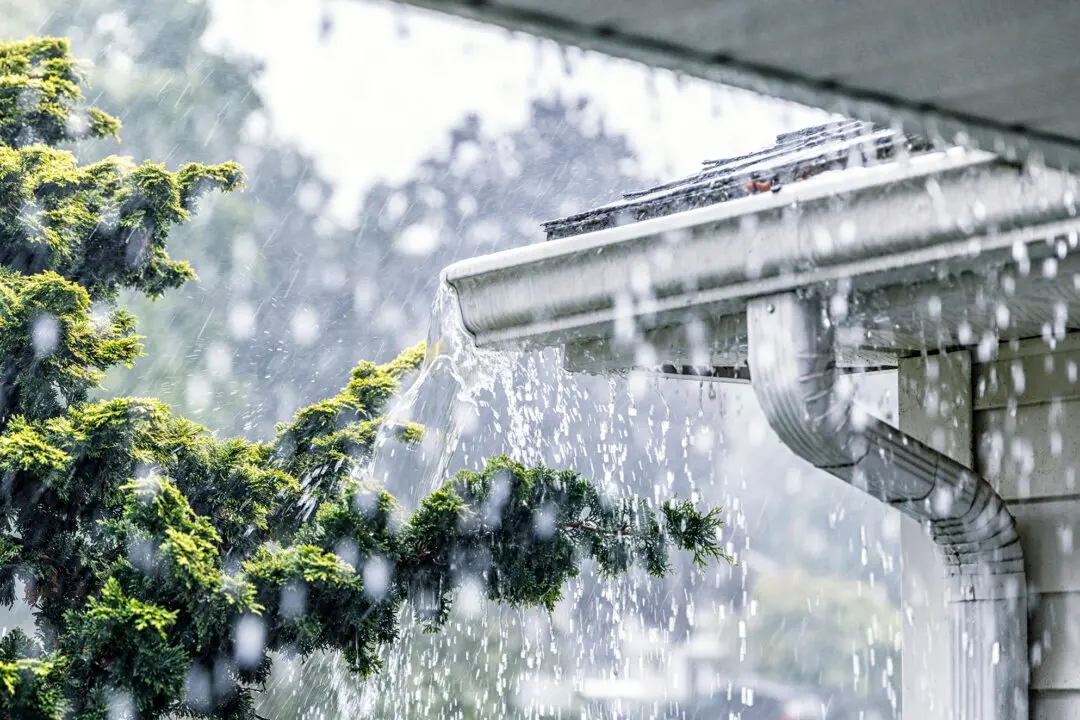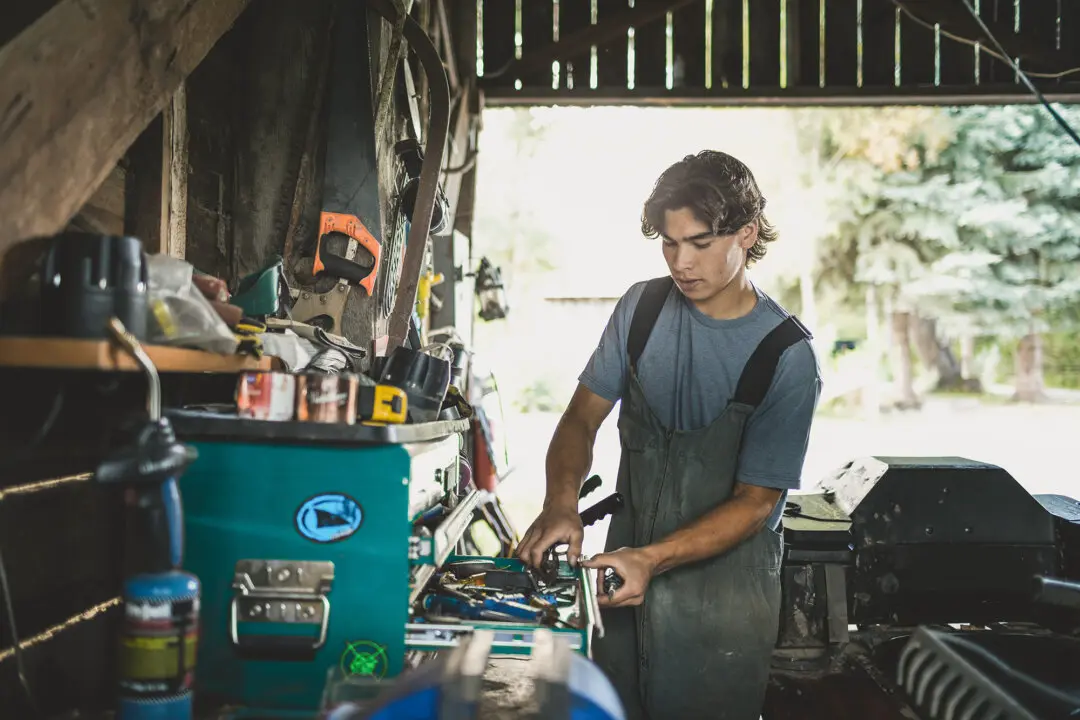The key to starting the fall home mechanical checklist—in fact, any checklist—is to pick a few easy items that can be accomplished quickly. This provides a sense of satisfaction while reducing the number of tasks, which makes the overall endeavor seem just a bit less daunting.
On that note, start by checking smoke and carbon monoxide detectors to make sure they’re working properly and replacing the batteries, even if you did this in the spring. The National Fire Protection Association recommends changing detector batteries every 6 months. The only exception is a 10-year smoke alarm with a built-in 10-year battery. No matter what style you have, look at the manufacture date; if it’s older than 10 years, the entire unit should be replaced. This includes hardwired alarms with a battery backup. Smoke and carbon monoxide detectors should be replaced every seven years.





